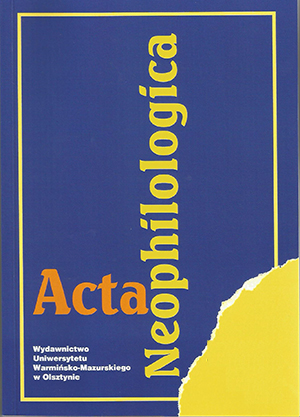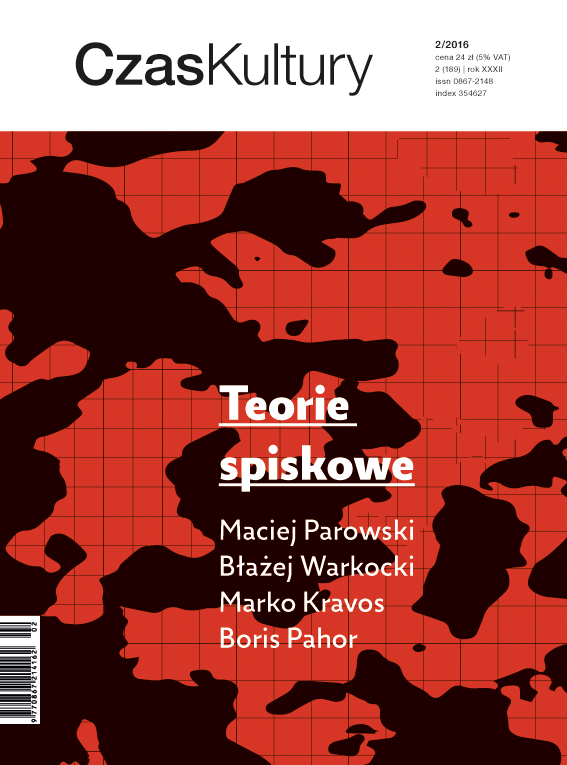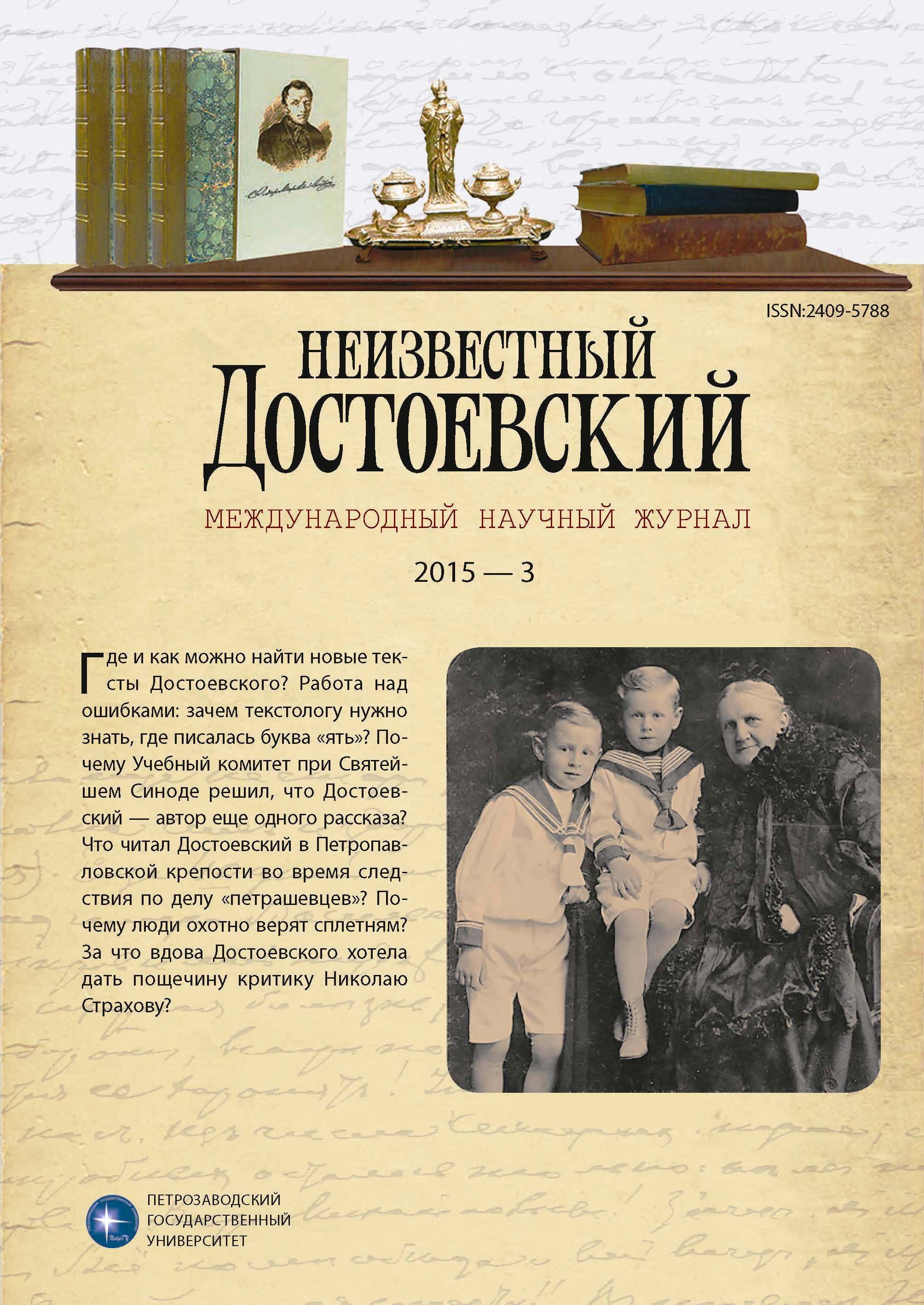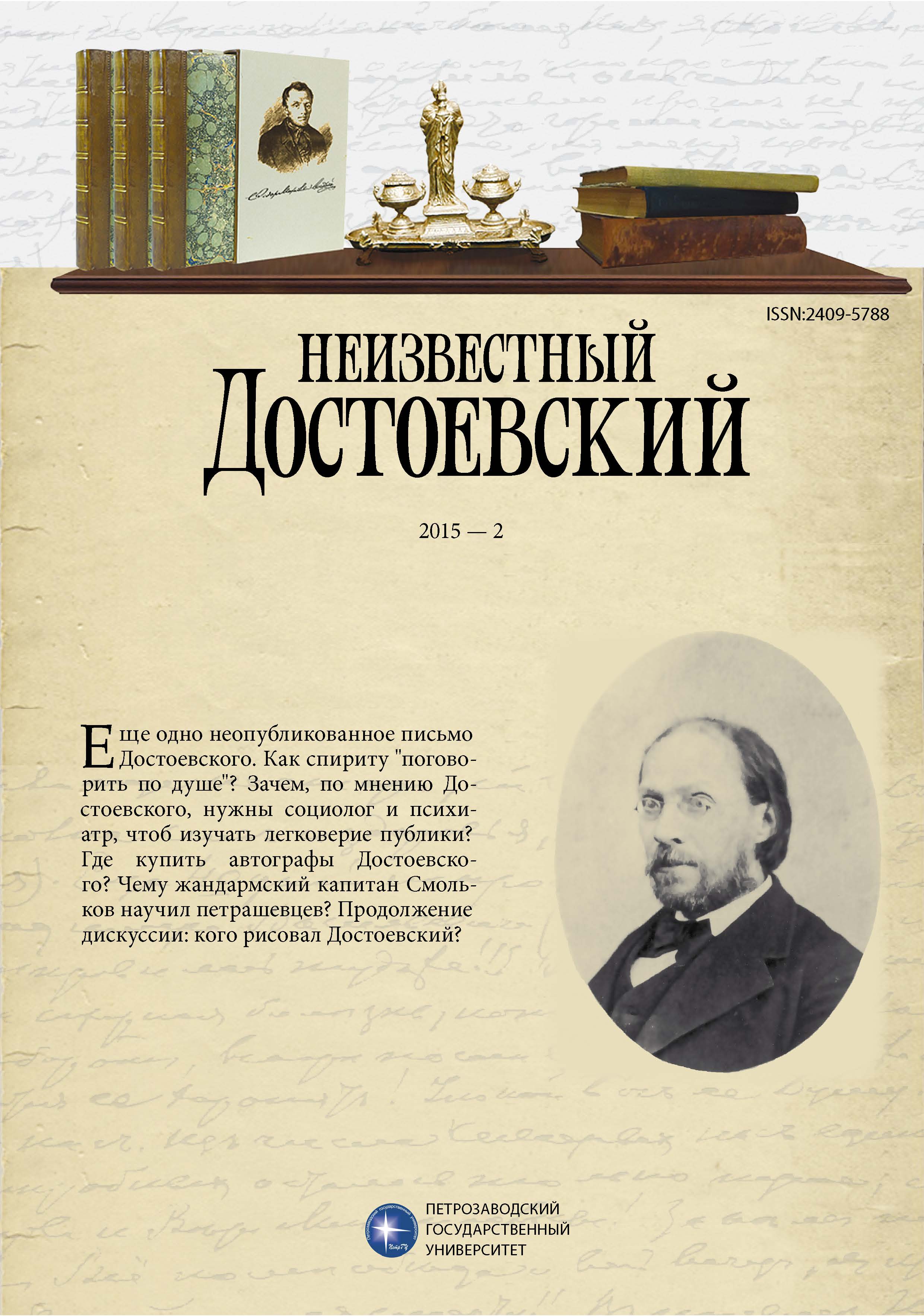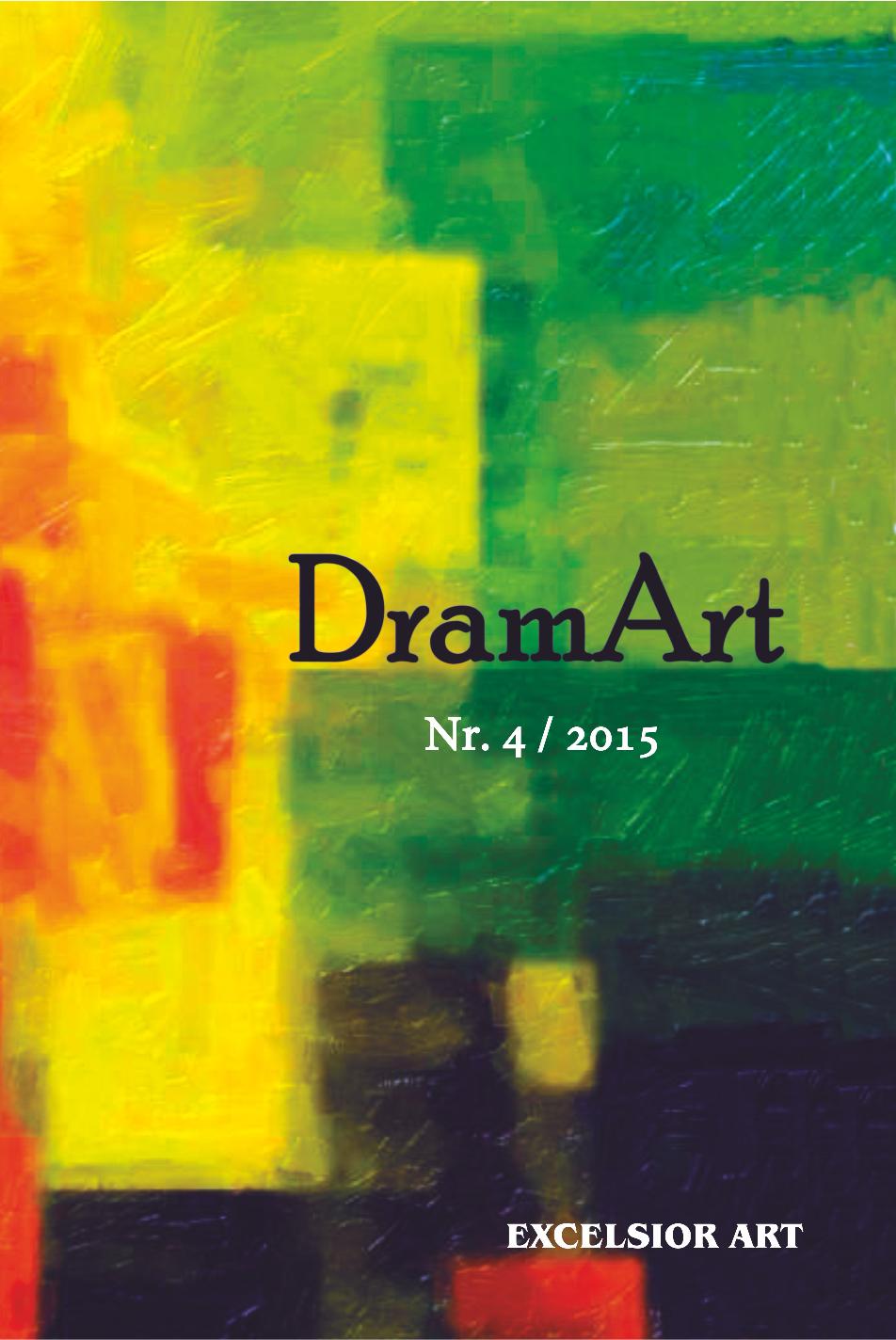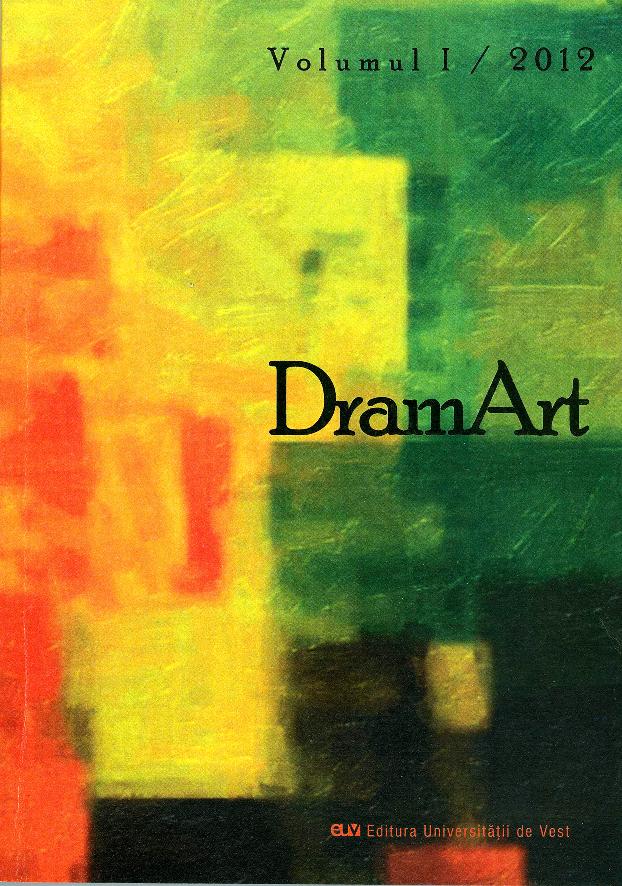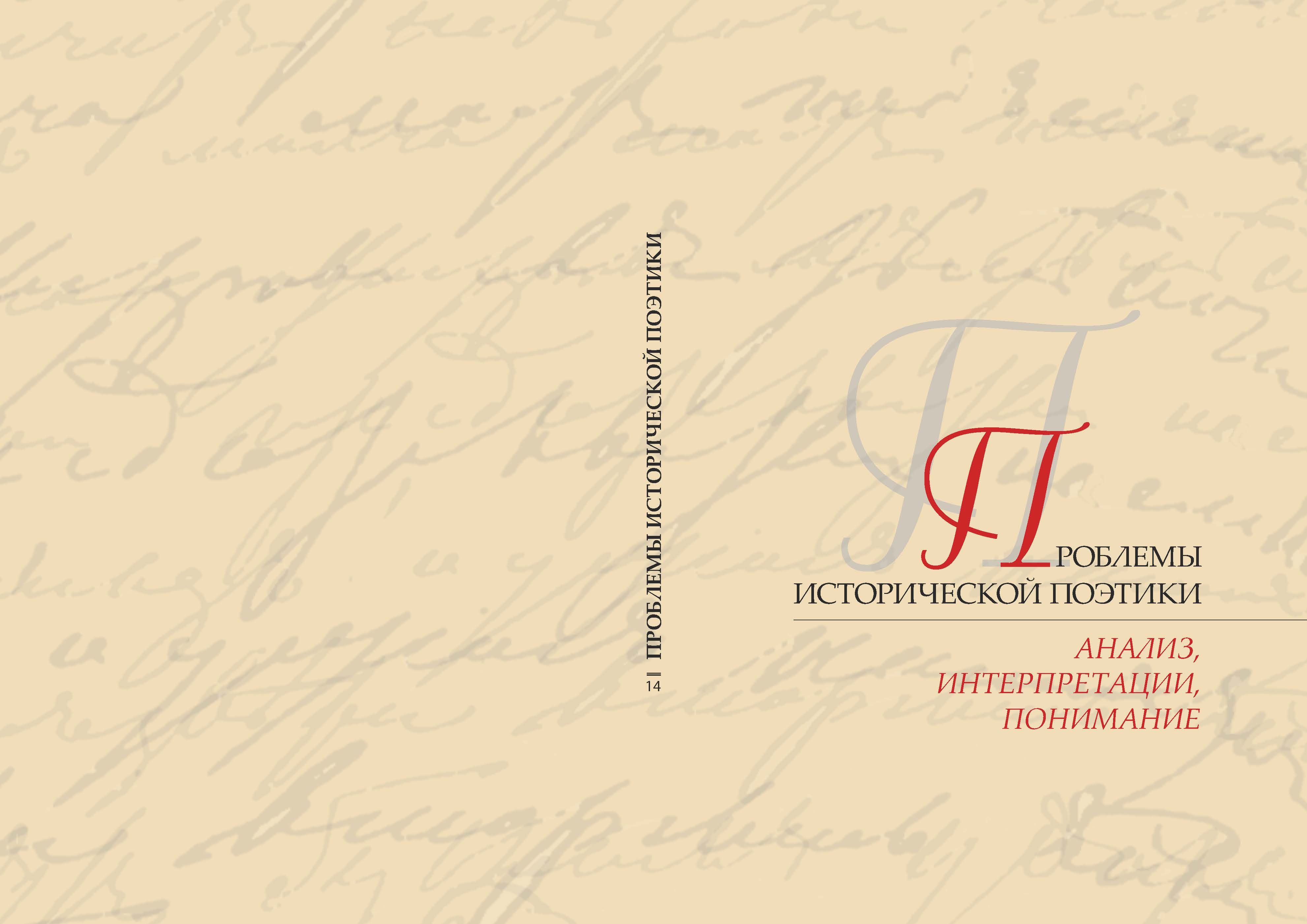
ЕВАНГЕЛЬСКИЕ ОБРАЗЫ «НИВЫ» И «ПАЖИТИ» В ПИСЬМАХ МАКАРИЯ ОПТИНСКОГО МОНАХИНЯМ
Letters of the Optina Elders bring us to the great spiritual heritage combining spiritual traditions of Russian monasticism beginning from the first centuries of Christianization of Russian lands with those of monasticism of Mount Athos brought to Russia by the disciples of St. Paisios Velichkovsky. The letters of monk Makary of Optina contain many gospel images, by means of which the Elder instructs his spiritual children. The Gospel images of “grainfields”, “pastures”, “ewe lamb of Christ”, “bride of Christ” and “milk” are not casual in the letters of Makary of Optina to nuns. The patristic literature distinguishes the sins committed by men and women. Therefore, the ways of reaching salvation for men and women, although the human nature is unique, have their particularities. The collection of letters of monk Makary of Optina provides us with the evidence of the Elder’s way to teach his spiritual daughters, to nurture in the nuns a sense of mother love able to save people from troubles and cure dangerous diseases, to work wonders and bring people back to life.
More...
